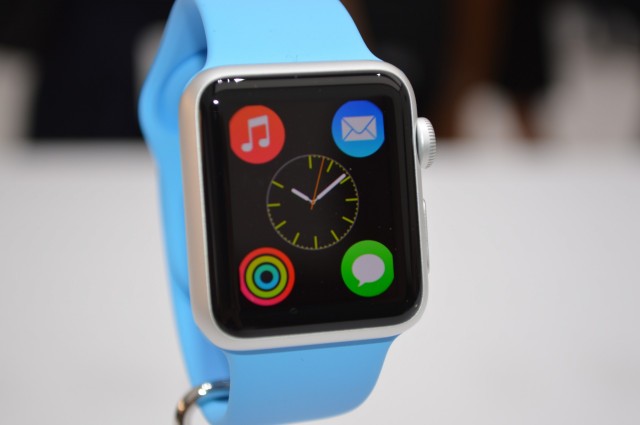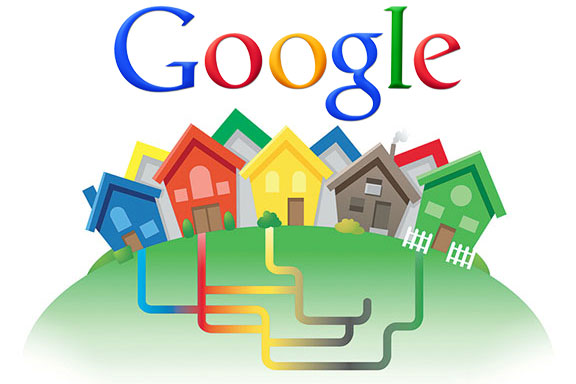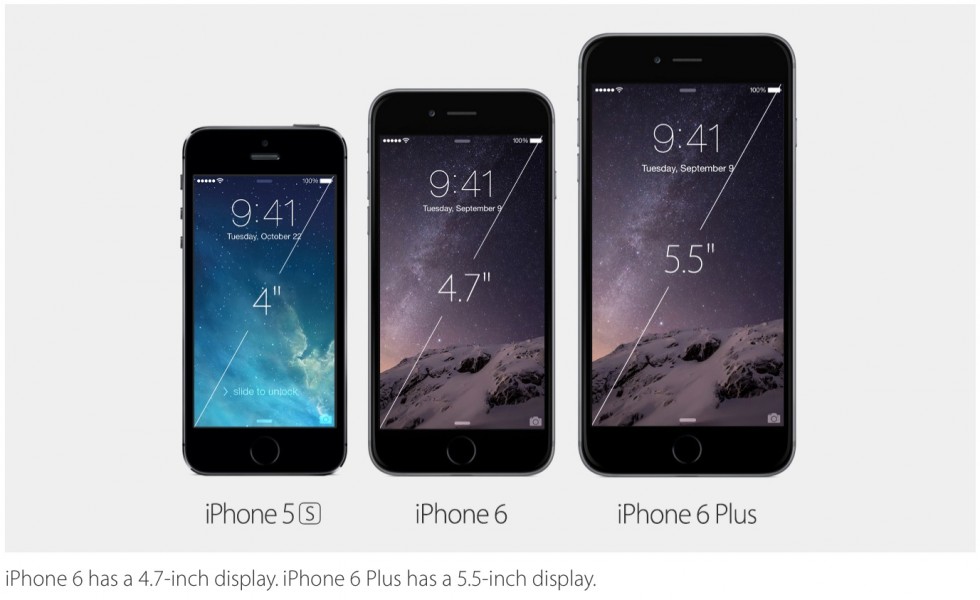Yup. I'd work there.
Talent magnet: The new Citrix building
//
Walter Magazine
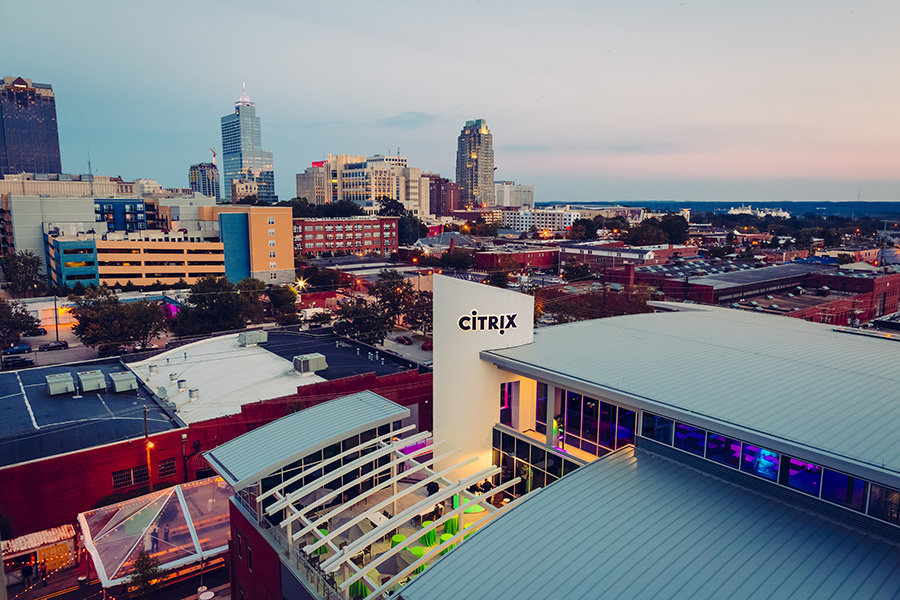
VIEW FROM THE TOP: The building itself was created using ShareFile and other Citrix software, said Steve Nicholson, who directed the site selection, design and construction of the new building remotely, in part, from his base in Santa Barbara. He says he spent several months after Citrix’s acquisition of ShareFile “just watching how they do what they do” before deciding what kind of building would best suit the group’s needs.
by Liza Roberts
photographs by Nick Pironio
“The way people work is changing,” says Citrix vice president Jesse Lipson. “Work and play used to be clear-cut. Those lines are blurring.” As a result, “The nature of an office has changed.”
Lipson’s office, anyway.
The Duke philosophy major turned successful software entrepreneur sold ShareFile, the cloud-based file sharing software maker he founded, to Citrix for more than $50 million in 2011. On Oct. 9, to much fanfare, he unveiled its new Raleigh workplace.
The Citrix building on S. West Street took a former Dillon Supply warehouse and turned it into a place that has to be seen to be believed. With 170,000 square feet of custom-made, customizable Herman Miller workstations; a basketball court; a two-story living wall of 8,000 plants; nooks for naps; a rooftop yoga studio; art from North Carolina artists; a racquetball court; a gourmet café; fresh air from sliding doors and windows; a giant, fully equipped gym; bikes to borrow; and a bocce court with the best view in town, it’s no ordinary office. It’s green in all of the important ways, and has technology imbedded in everything from responsive lighting to automated ambient noise control. To say it’s the office of the future is like saying the Tesla Roadster is the car of the future. It’s extraordinary, but most of us will be lucky to get a test drive.
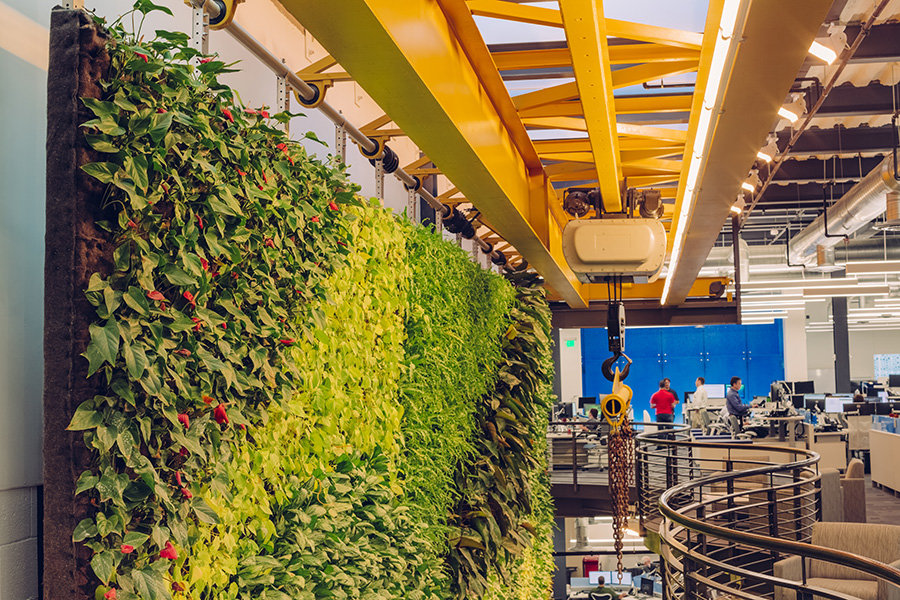
The two-story living wall – which hangs from a crane left over from the building’s previous life as an industrial warehouse – is home to 8,000 plants from 14 different species. They include several varieties of philodendron, orchid, and fern.
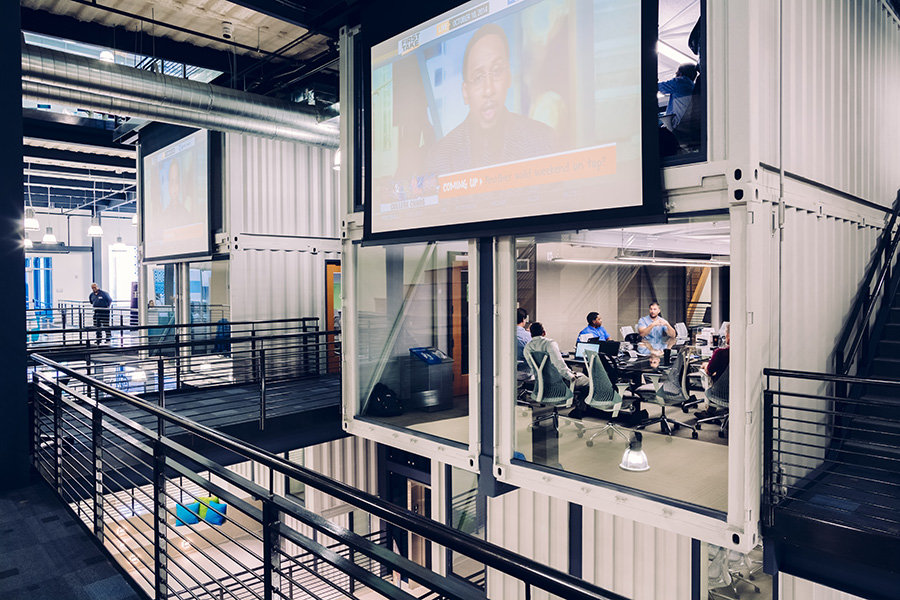
The building’s center is created by a cantilevered tower of eight recycled shipping containers, all named for different philosophers: Aquinas, Aristotle, Bacon, Boole, Camus, Cicero, Derrida, and Descartes. It seems entirely likely to a visitor that Citrix vice president Jesse Lipson, a philosophy major at Duke, won’t take long to tackle the rest of the philosopher alphabet as the company continues its warp-speed growth.
Envy was the running joke on ribbon-cutting day. Just about every person who toured the place – who ranged from elected officials including Gov. Pat McCrory and Mayor Nancy McFarlane to an assorted who’s-who of the Triangle’s business and community leaders – had the same thing to say, with a laugh for the sake of tact: Citrix, will you hire me?
Which is the idea.
Lipson, who found this unlikely spot for as many as 900 employees – in what was then an empty warehouse on a mostly empty street – says the building is designed not only to facilitate creative work from teams of people – but to convince them to work there in the first place. And to stay, once they do.
At first, Lipson says he hesitated to suggest such a massive, complex, expensive, and risky idea – gutting a warehouse to build an office like this one – to his then-brand-new boss, Mark Templeton, Citrix’s CEO. “I didn’t want to be the guy who got us into this disastrous real estate deal,” Lipson recalls. Templeton’s response sealed the deal: “He said, is this the place that will help you attract and retain the best talent in the Triangle? If yes, do it.”
That was two years ago. At that point, the company committed to add 340 jobs within five years – to grow from 130 to 470 workers – in exchange for more than $9 million in state and local incentives. As of last month, the company had blown past those numbers. More than 600 employees fill the building today, and Lipson says the number will likely reach 900 in the next couple of years.
“It’s about inventing the future,” Citrix CEO Templeton told the 200-plus crowd gathered on opening day. “Powered by a whole new generation of people.” The N.C. State graduate says Citrix doesn’t have to look far to find them: “North Carolina is creating talent. The talent is here.”
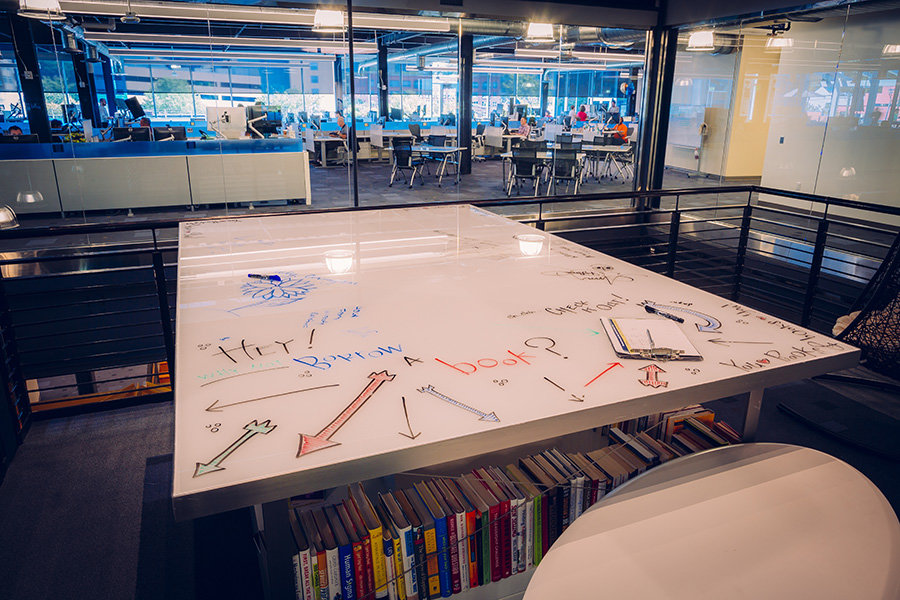
Whiteboard tabletops and morphing conference rooms are made for collaborative work. Among the many pieces of recycled material from the Dillon Supply warehouse incorporated into the new Citrix building are several railroad ties that form the bases for glass-topped conference tables.
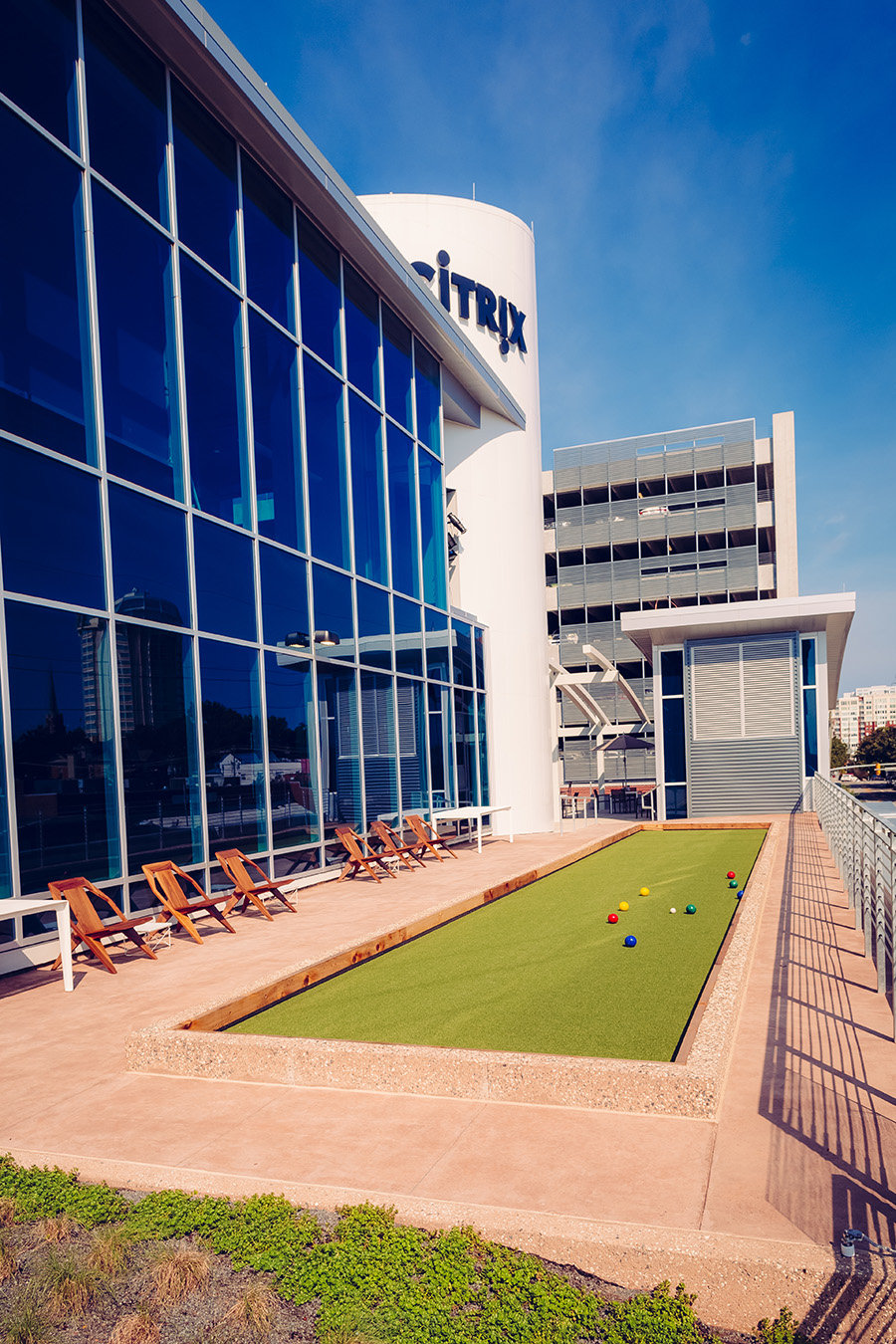
A rooftop bocce court is one of the building’s many recreational options on every floor.
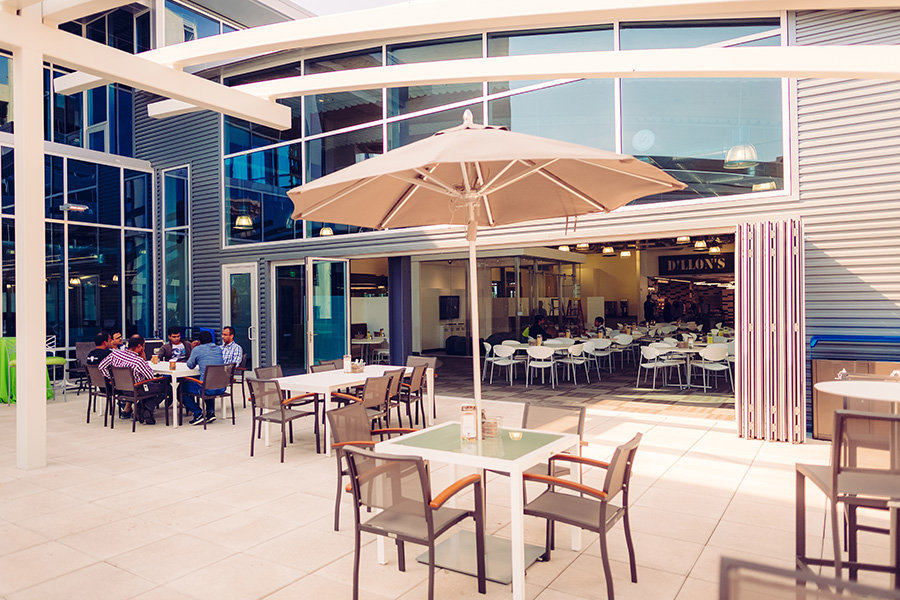
OUTSIDE IN: Folding glass NanaWalls turn a rooftop patio into an alfresco dining spot.
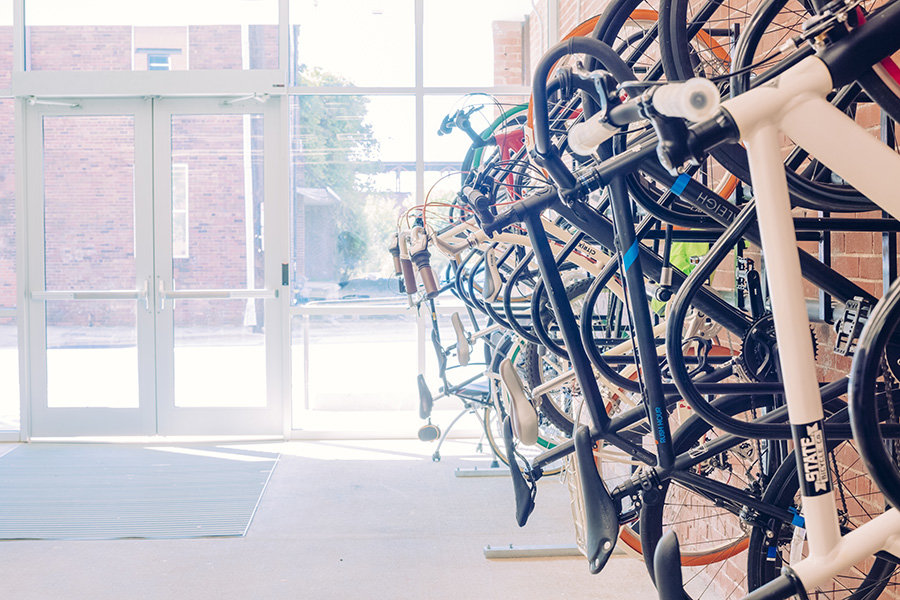
A ride-in bike storage area has room for 80 bikes, including eight loaners for employees who need to zip to a cross-town meeting, or to take home if ride-share buddies leave them behind.
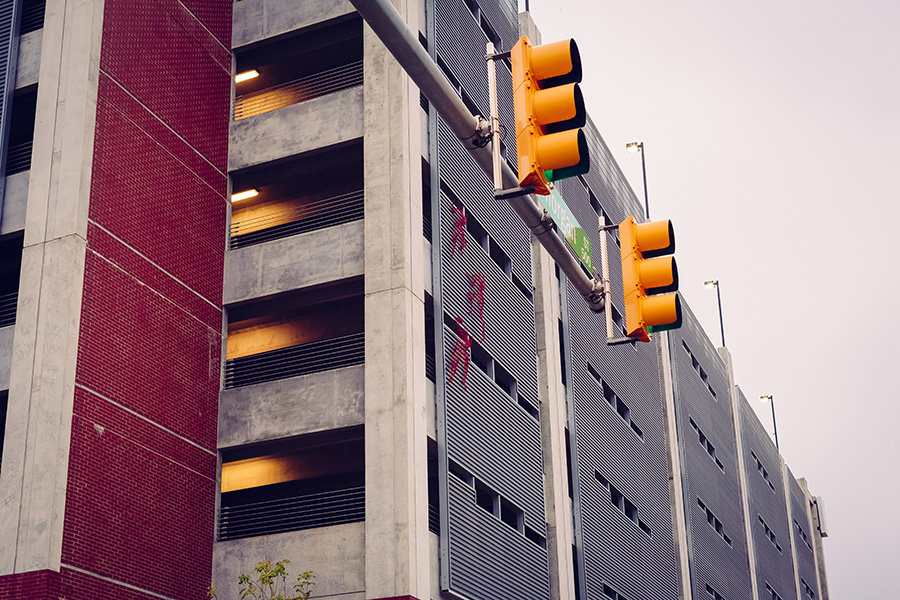
‘Climbing Figures’, a sculpture by Ranier Lagemann, scales the parking garage.












